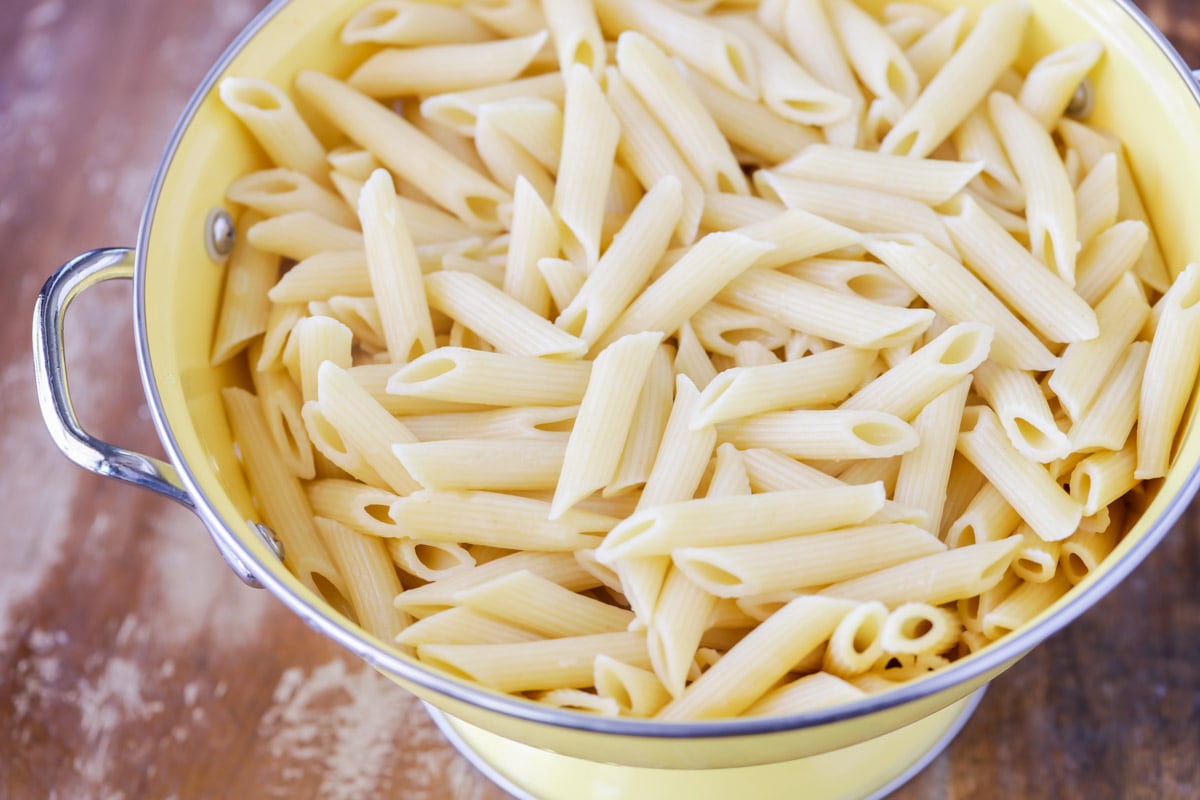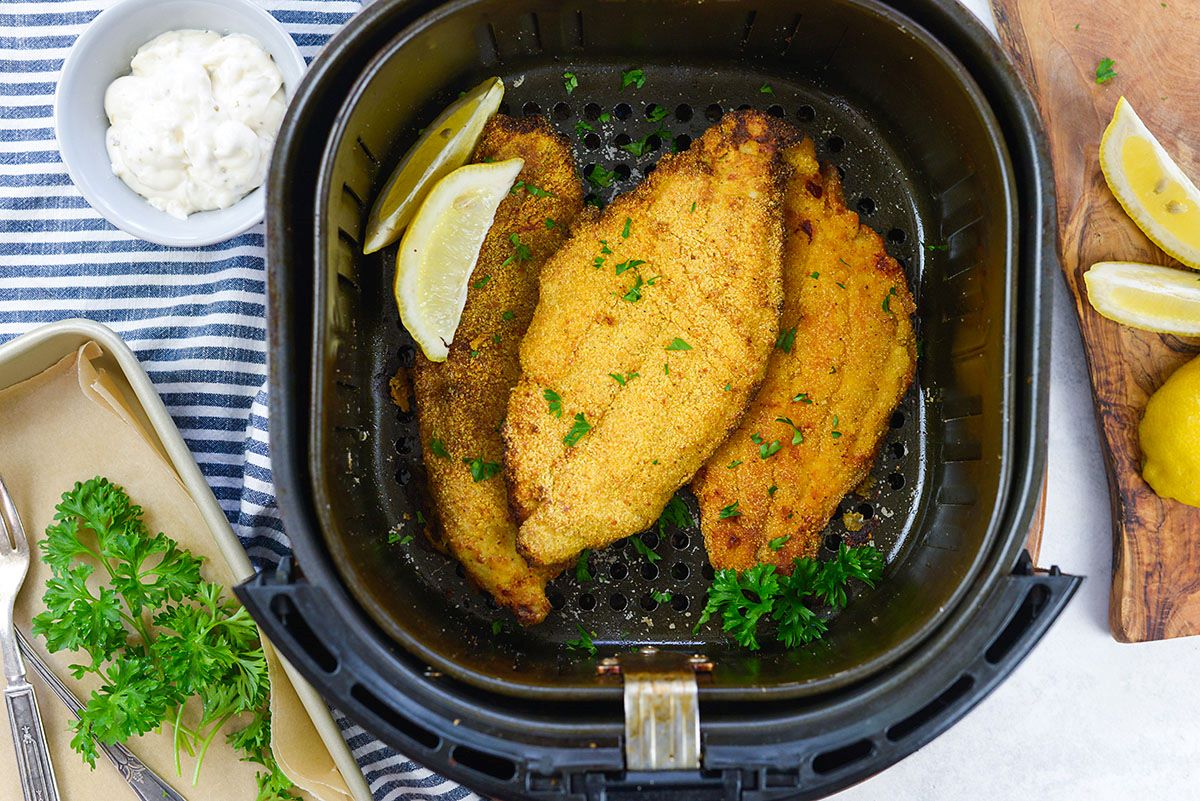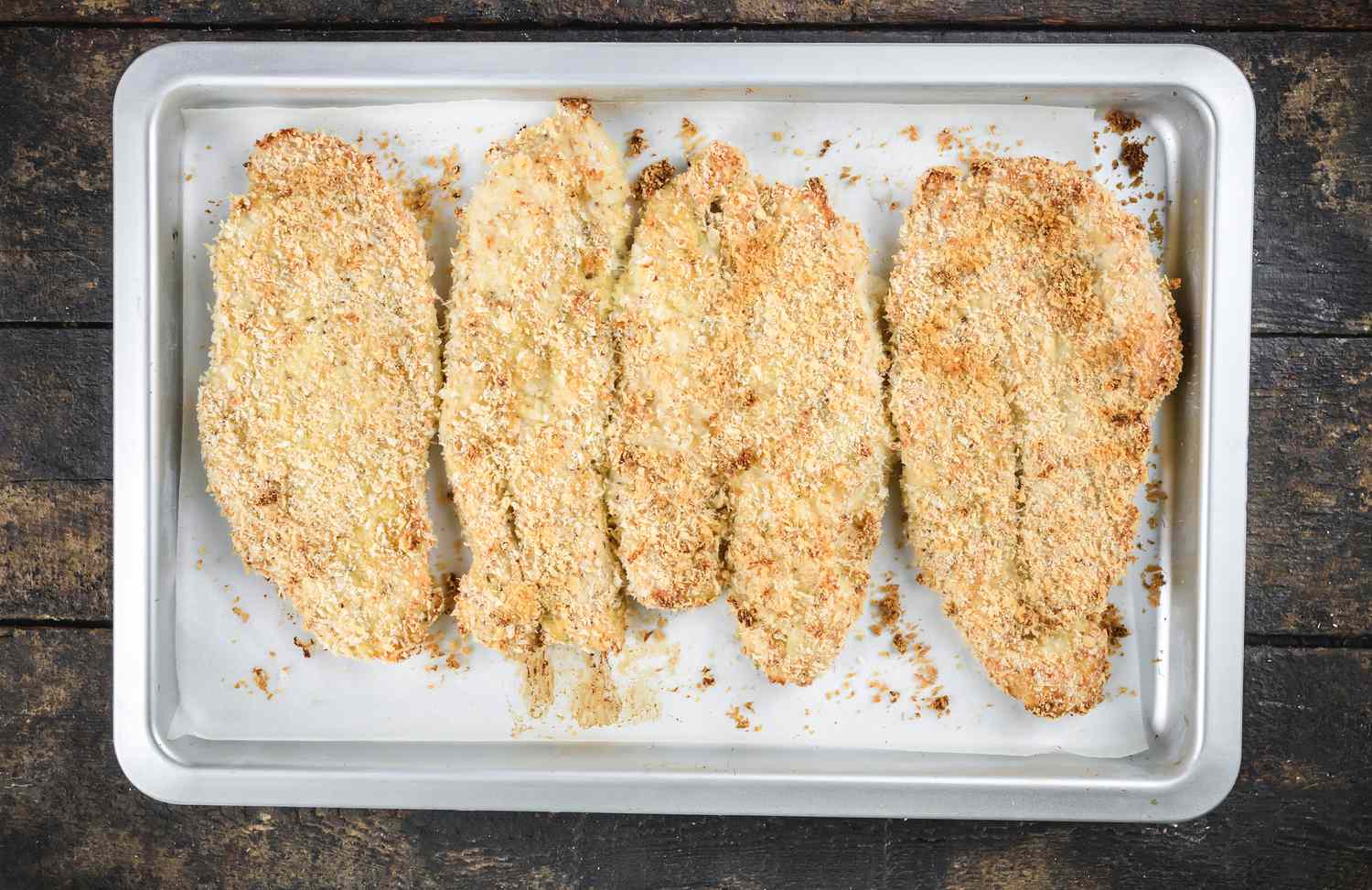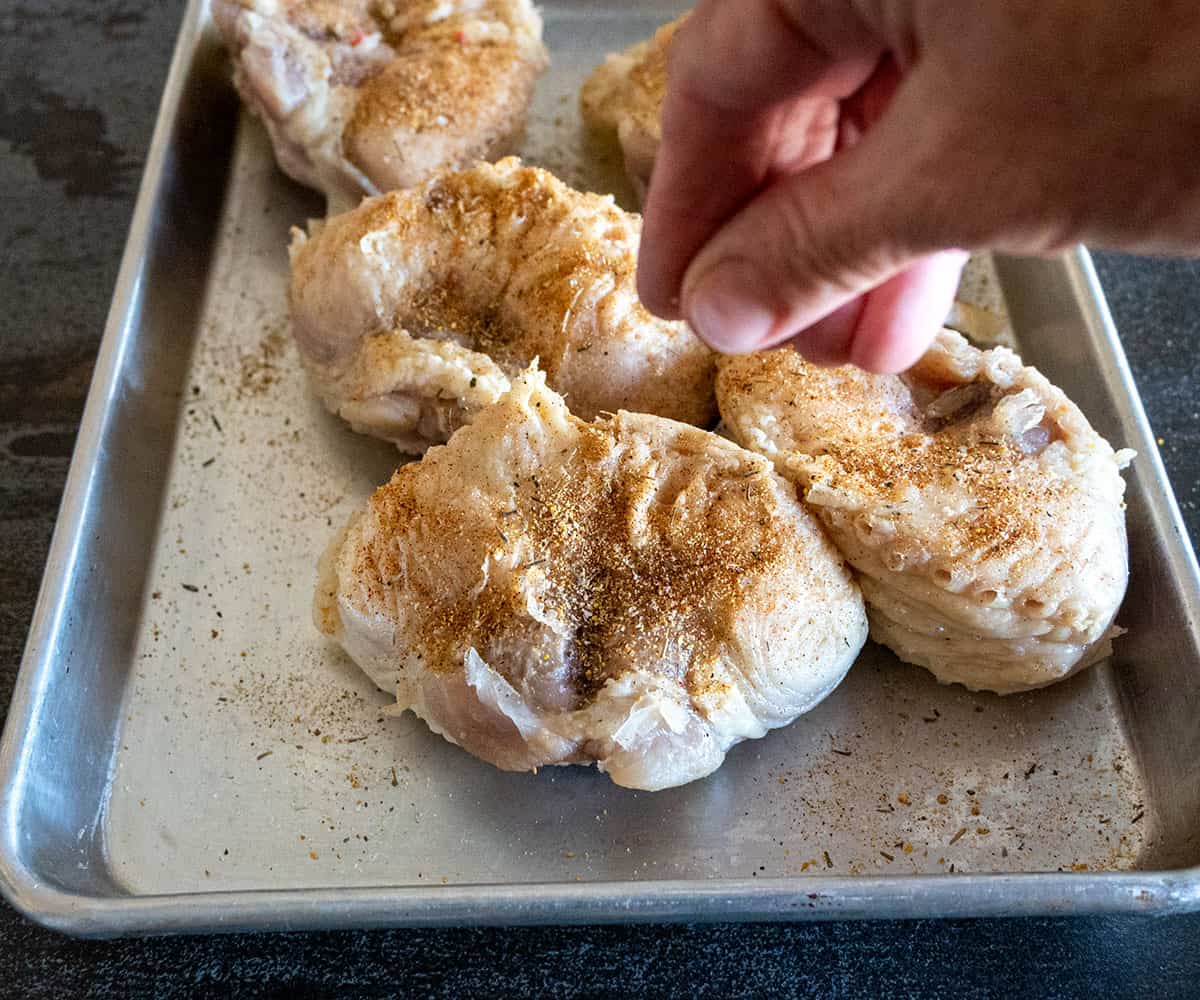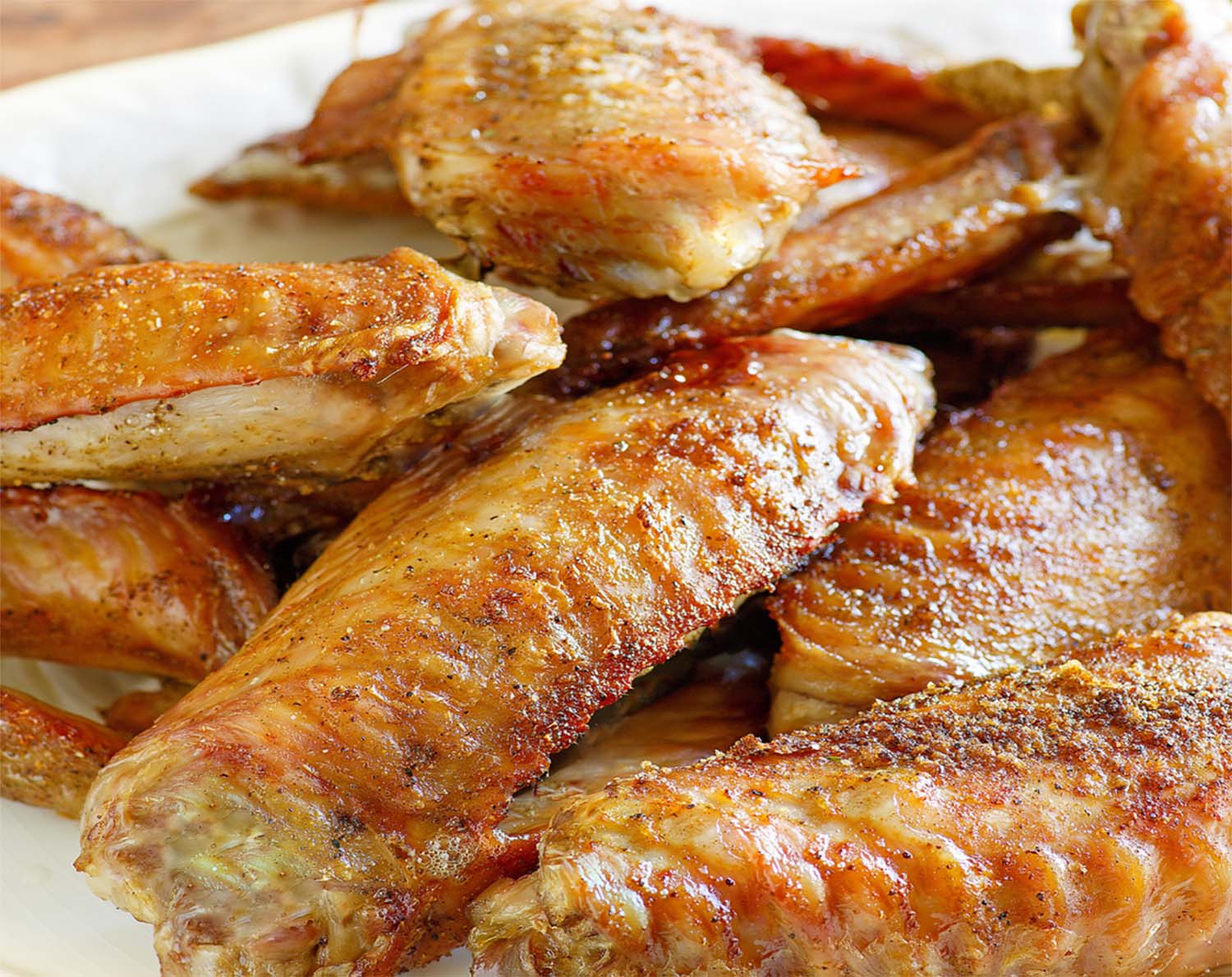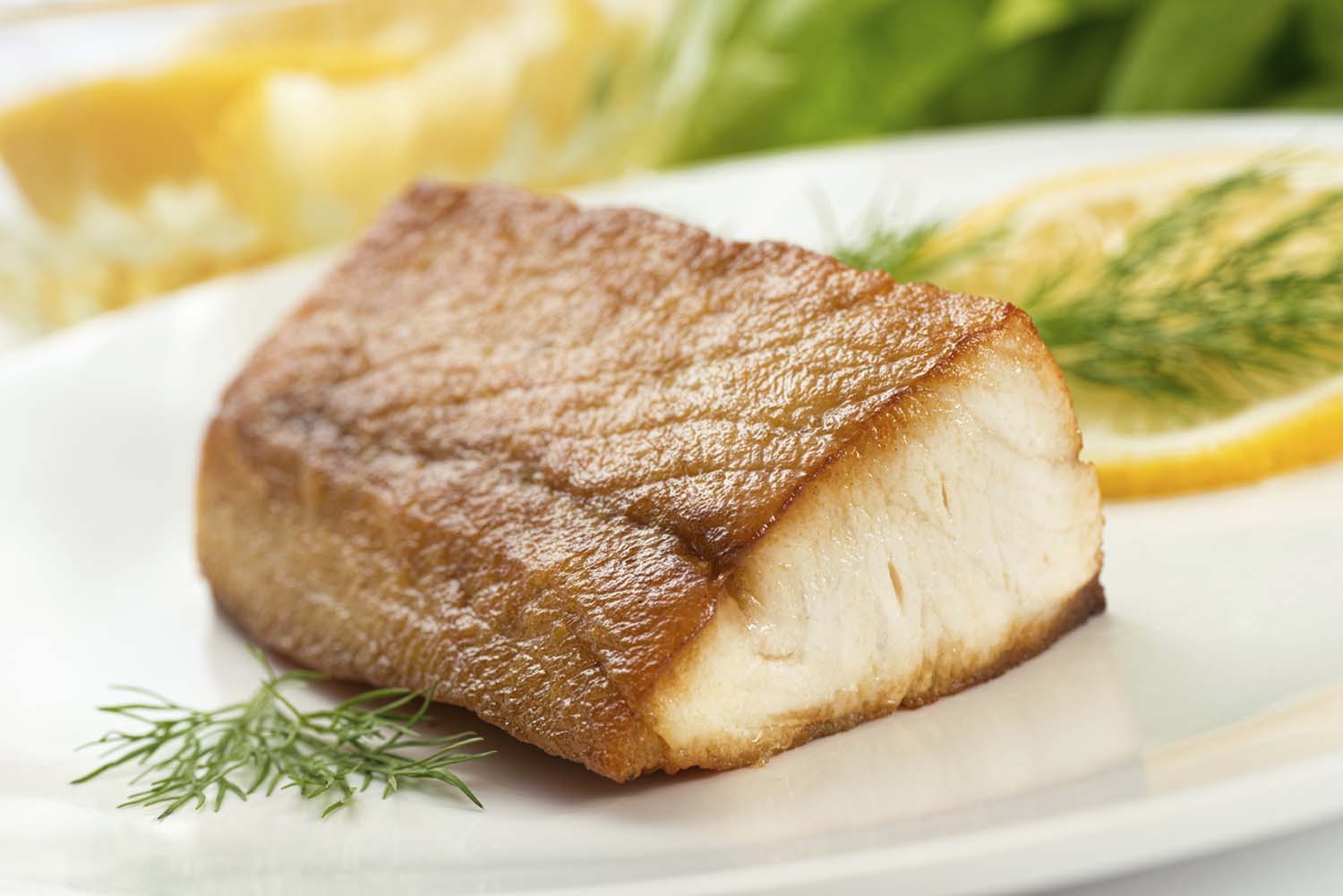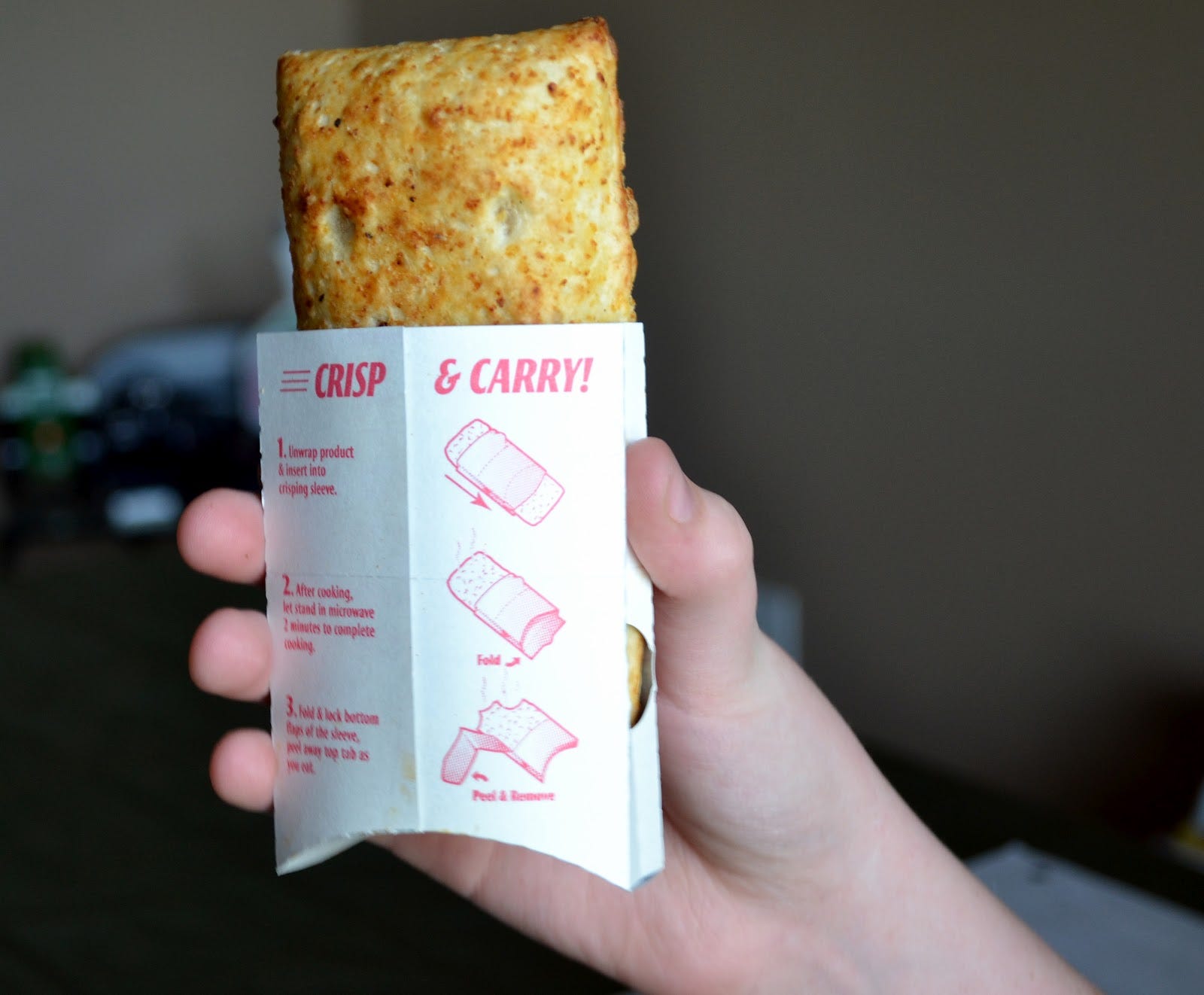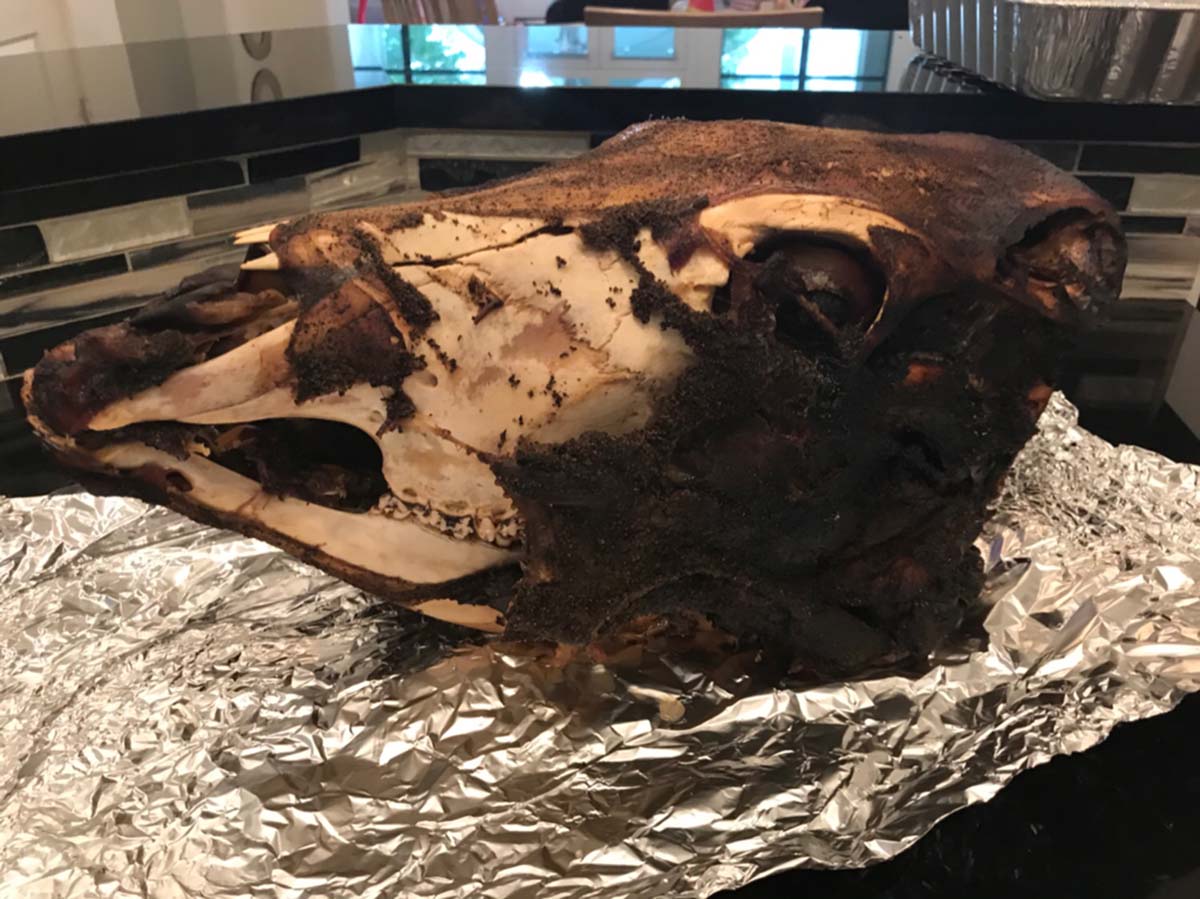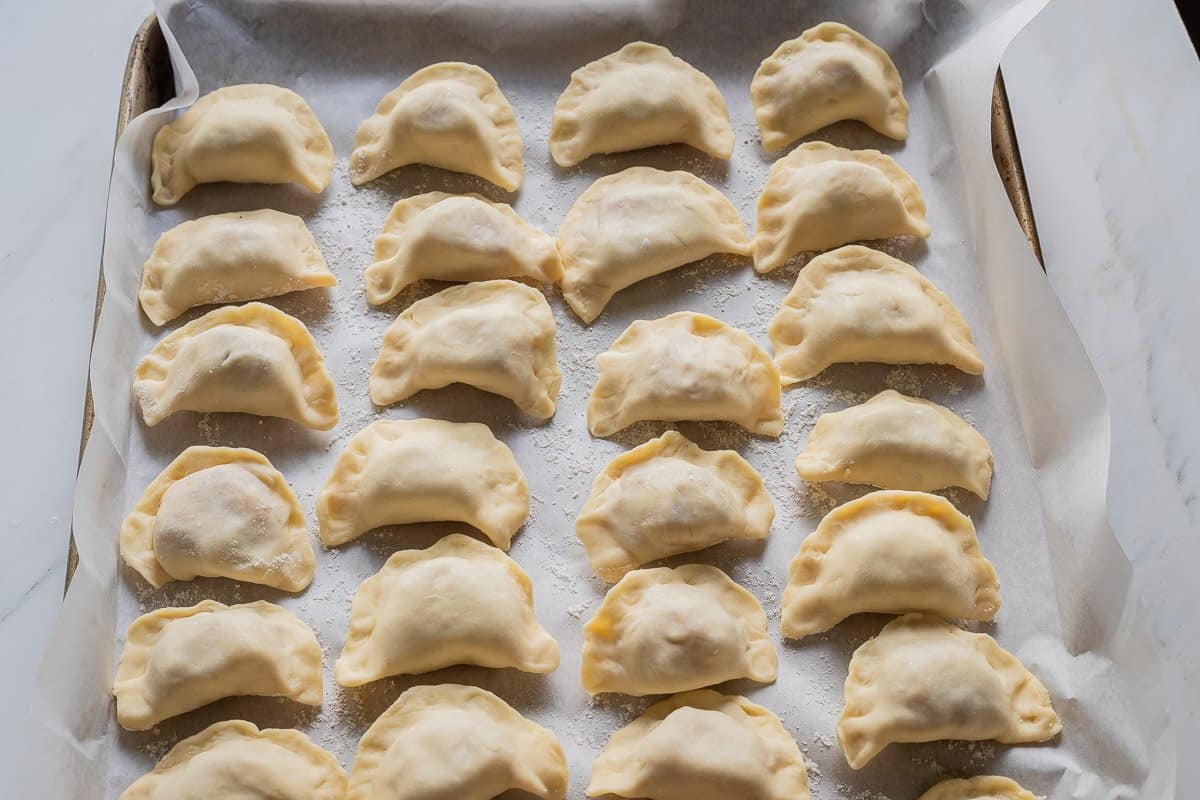How to Cook Chayote Squash in the Oven
Chayote squash is a versatile and nutritious vegetable that can be easily prepared in the oven. Whether you are a seasoned cook or a beginner in the kitchen, oven-roasting chayote squash is a simple and delicious way to enjoy this underrated gem. In this blog post, we will guide you through the steps to perfectly cook chayote squash in the oven.
What is Chayote Squash?
Chayote squash, also known as vegetable pear or mirliton, is a green, wrinkled squash that belongs to the gourd family. It has a mild, crisp texture and a subtle, slightly sweet flavor. Chayote is packed with essential nutrients such as fiber, vitamin C, and potassium, making it a healthy addition to your diet.
Preparation and Seasoning
- Start by preheating your oven to 400 degrees Fahrenheit (200 degrees Celsius). This will ensure that your chayote squash cooks evenly and becomes tender.
- Wash the chayote squash thoroughly under running water to remove any dirt or debris. Then, pat them dry with a clean kitchen towel.
- Cut the chayote squash into halves lengthwise, and then scoop out the seeds and the soft membrane in the center using a spoon. Discard the seeds and membrane.
- Next, place the chayote halves on a baking sheet lined with parchment paper or aluminum foil, cut side up. Drizzle them with olive oil and season with salt, pepper, and your favorite herbs or spices. You can get creative here and experiment with flavors like garlic, paprika, or thyme.
Oven Roasting
Once your chayote squash is seasoned to your liking, it’s time to roast them in the oven.
- Place the baking sheet with the chayote squash into the preheated oven.
- Roast the squash for about 25-30 minutes or until they are tender and slightly caramelized around the edges.
- To check for doneness, insert a fork into the flesh of the chayote squash. If it easily goes through, it’s ready!
- Once roasted, remove the chayote squash from the oven and let them cool for a few minutes before serving.
Serving Suggestions
Oven-roasted chayote squash is a versatile side dish that pairs well with various main courses.
- Sprinkle some grated Parmesan cheese on top of the roasted chayote squash for an extra savory kick.
- Add them to a salad or a grain bowl for a nutritious and flavorful twist.
- Create a delicious chayote squash and black bean tacos by stuffing the roasted squash into tortillas and adding your favorite toppings.
With its tender texture and subtle sweetness, oven-roasted chayote squash is sure to become a favorite in your kitchen. So the next time you’re looking for a simple yet delightful side dish, don’t forget to give chayote squash a try!
Do you have any favorite recipes or tips to cook chayote squash in the oven? Share your thoughts and ideas in the comments below. Happy cooking!
For those interested in trying out new ways to cook chayote squash in the oven, there are several delicious recipes to consider. Stuffed Chayote Squash with Quinoa and Vegetables is a nutritious option that combines the mild flavor of chayote with the hearty goodness of quinoa and fresh vegetables. Another must-try is the Chayote Squash Gratin with Gruyere Cheese, which pairs the unique taste of chayote with the rich, creamy texture of Gruyere, making for a comforting and satisfying dish. If you're in the mood for something with a bit of a kick, the Spicy Roasted Chayote Squash Wedges will not disappoint, offering a perfect balance of heat and flavor. Lastly, for those who enjoy a sweet and savory combination, the Chayote Squash with Maple and Pecans is a delightful choice that brings out the natural sweetness of the squash with a touch of maple syrup and the crunch of pecans.
Was this page helpful?
Read Next: How To Cook Smoked Neck Bones In The Oven
